During the practical driving test, the examiner will follow test routes. The driving test routes are designed to take you through varied road types and traffic systems, including left turns.
Whilst learning to drive, you’ll need to practice left turns over a variety of roads from quiet residential streets, busy city roads, through to high speed primary routes. For left turns, you’ll need to follow the MSPSL procedure, but before that, you first need to identify where the left turn is.
Warning Road signs for Left Turns
It’s not always easy to locate and identify a left turn, but helping you to do just that, might be a road sign. These triangular road signs with a red border are in place to warn drivers on the major road that a junction is ahead and that vehicles may be emerging from the minor road.
If you need to take that left turn, the signs provide you advance warning that the junction is not too far ahead and once you identify the turn, you can begin the MSPSL procedure.
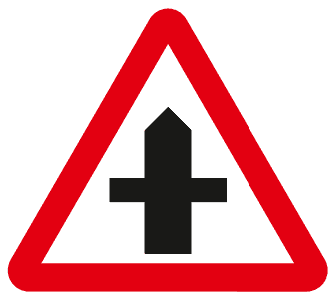
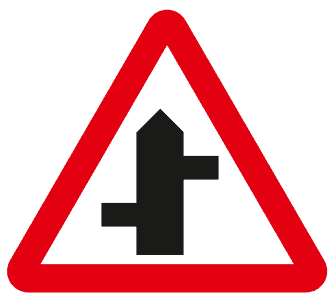
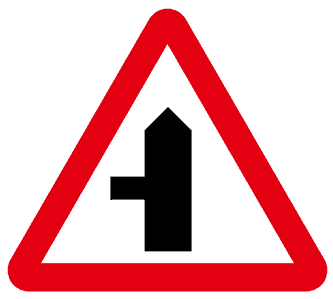
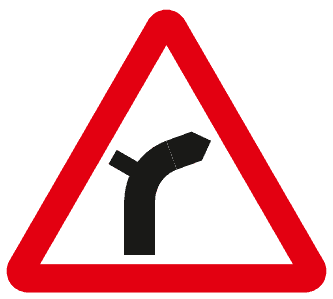
Direction Signs for Left Turns
Other signs to look out for are direction road signs. Direction road signs are rectangular or square and are coloured according to the road type.
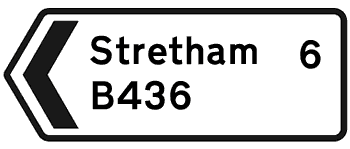
This white sign is indicating a left turn. The non-primary road will begin at the junction when you turn off of your current road.
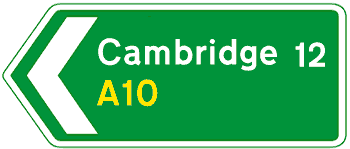
This green sign indicating a left turn is informing the driver that the left turn will take them onto a primary route.

If you’re driving along a non primary road such as a ‘B’ road, you may see signs such as this which give directions to primary (major) routes.
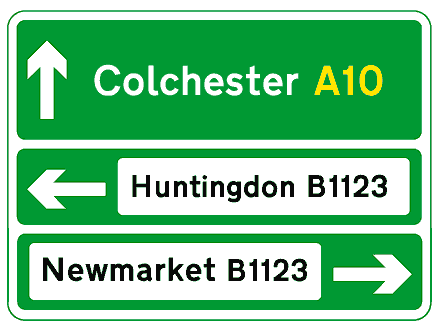
Alternatively, if you’re driving along a primary ‘A’ route, you may see signs giving directions to non primary (B-road) routes.
Left Turns Without Road Signs
Not all left turns have directional or warning road signs. Many left turns in towns or cities have none, so you’ll need to look at other ways of identifying them.
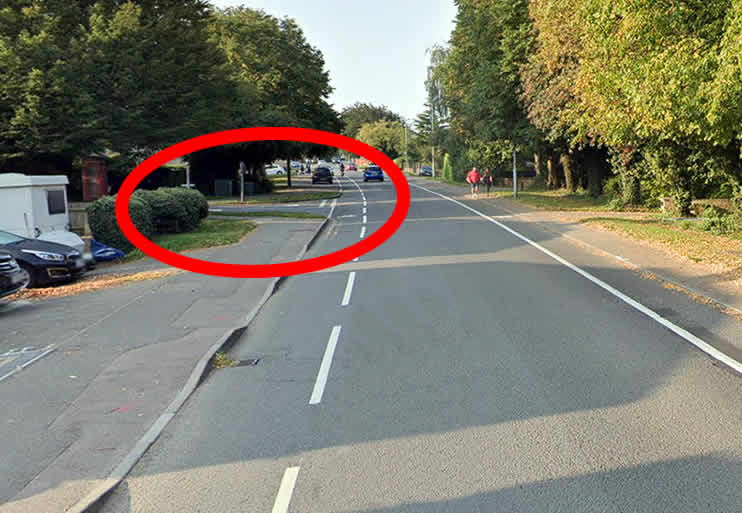
It’s not always easy to locate and identify junctions. If there are no signs prior to a left turn, to identify it, look for junction lines and gaps in hedges, trees or gaps in rows of houses. Also look for cars that might be parked in the left turn junction or a car that might be emerging from the junction.